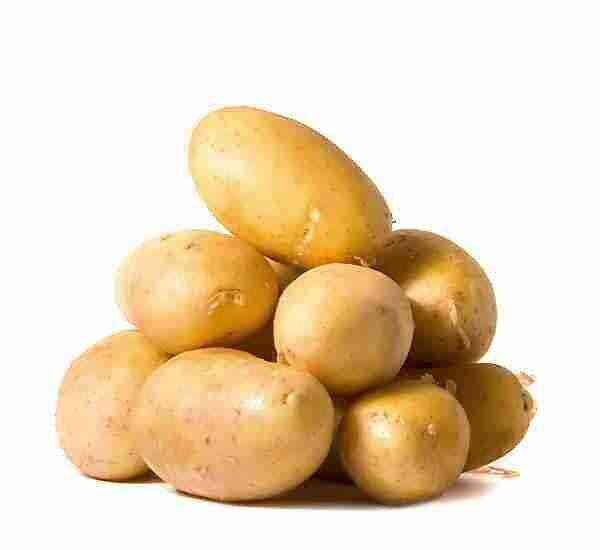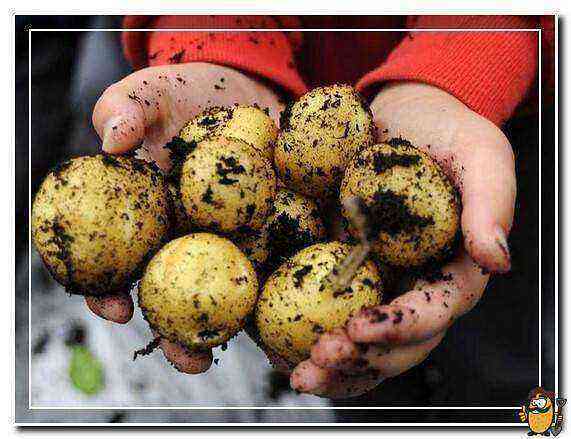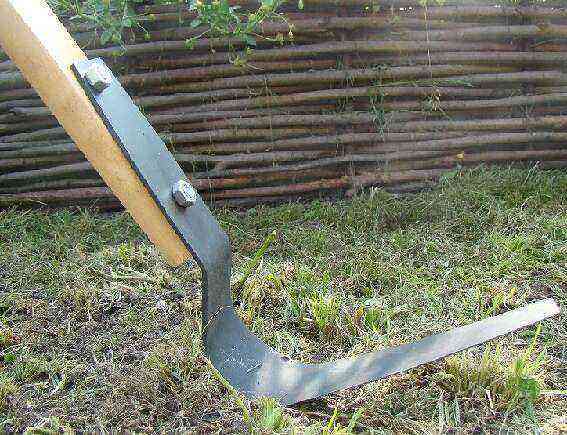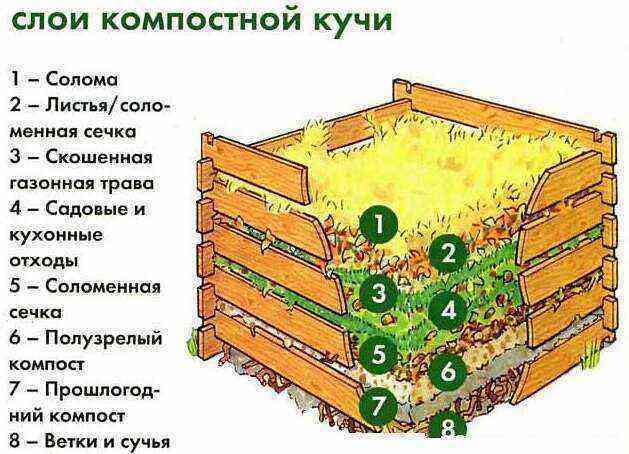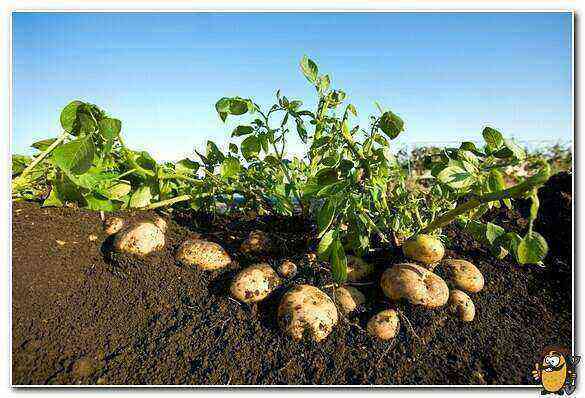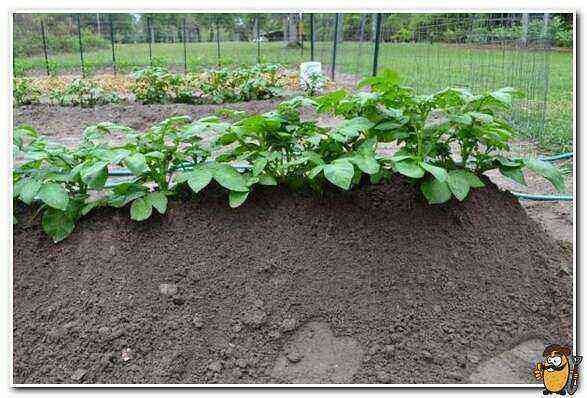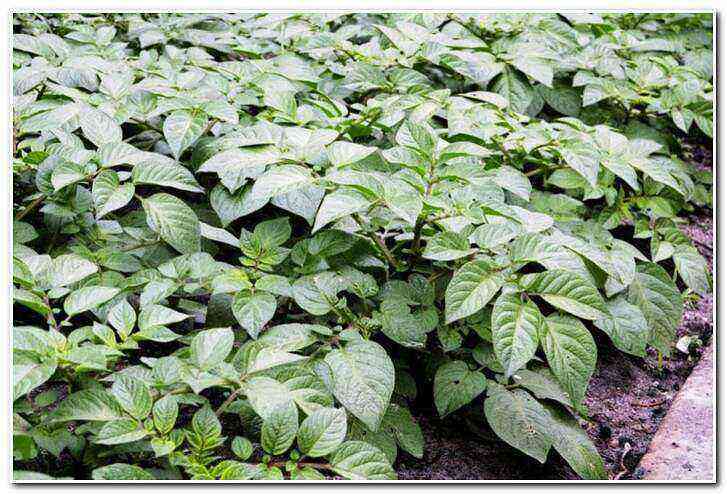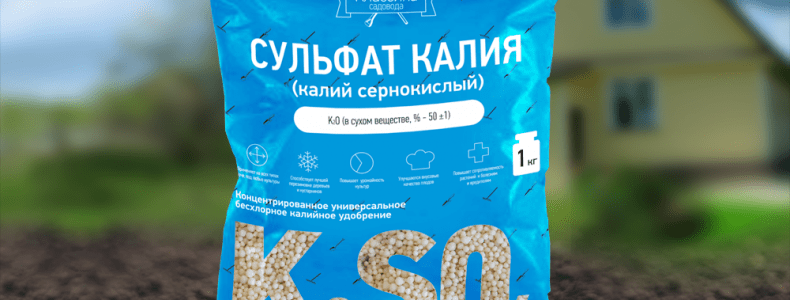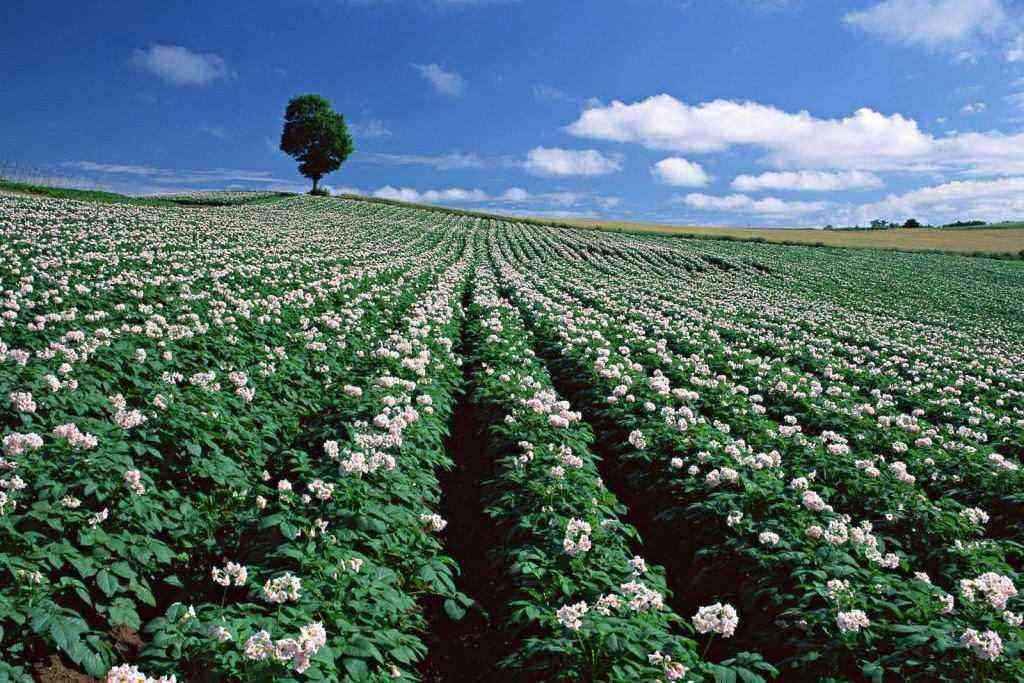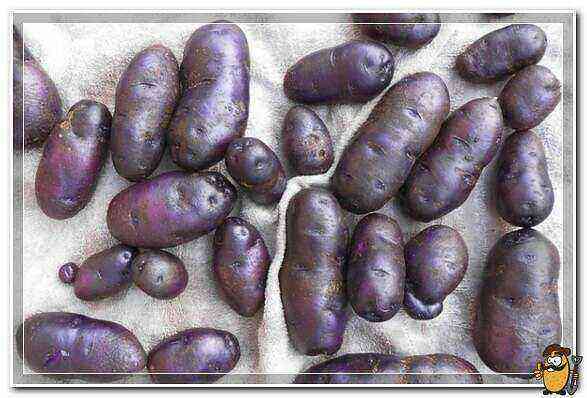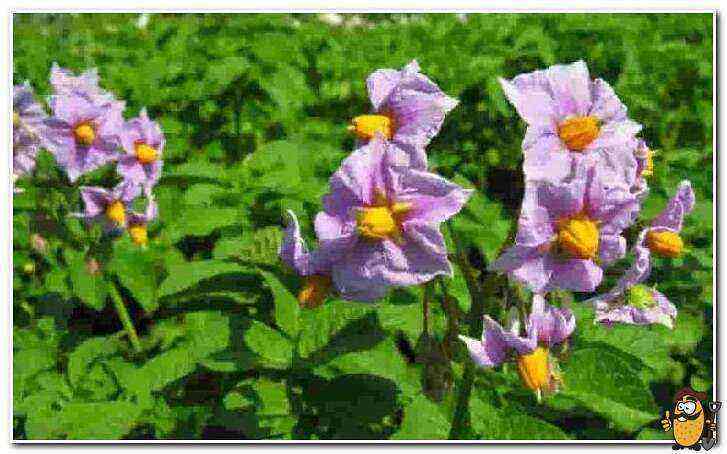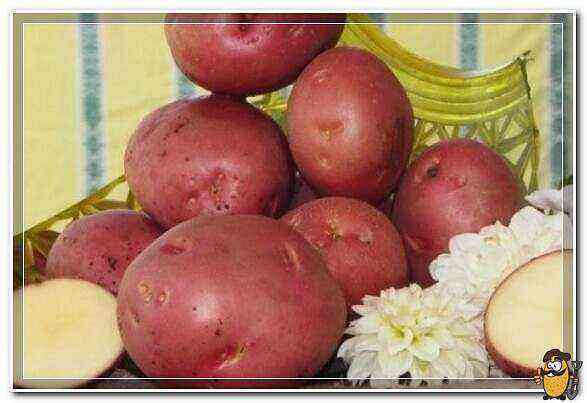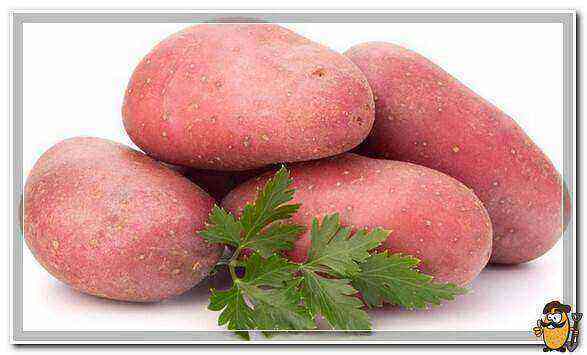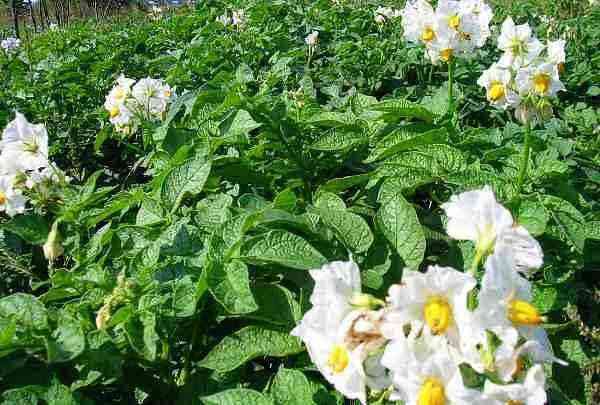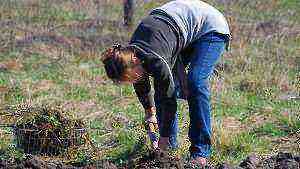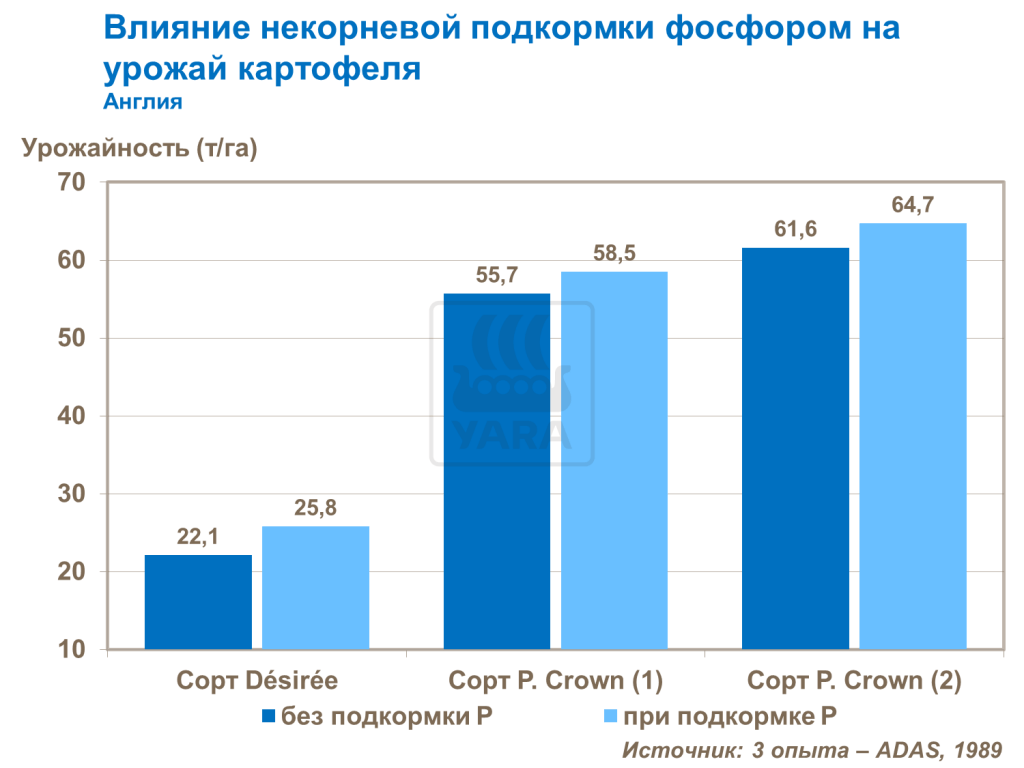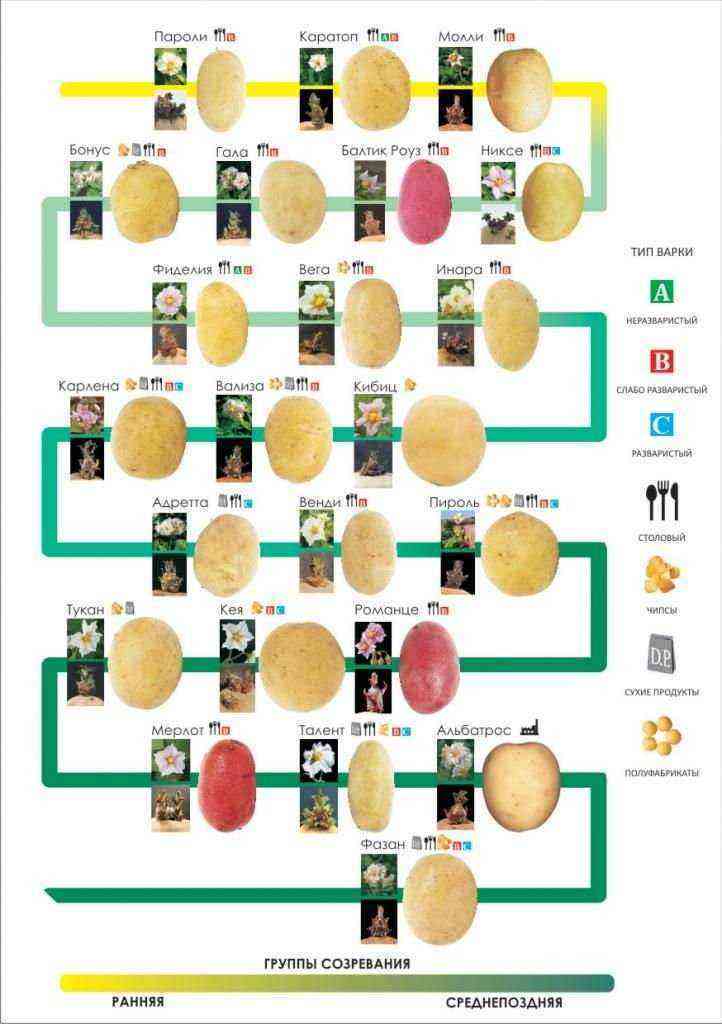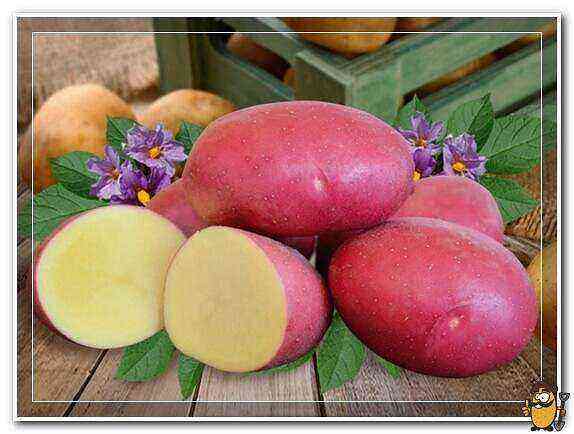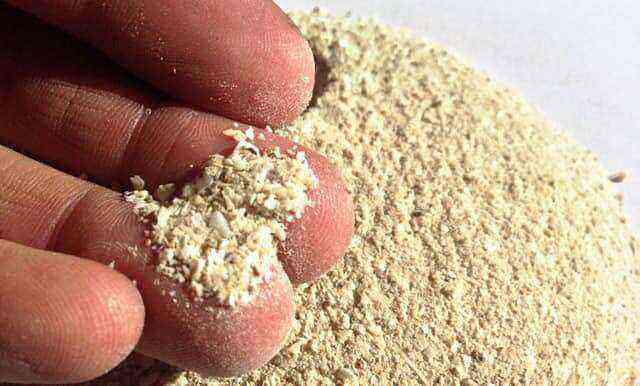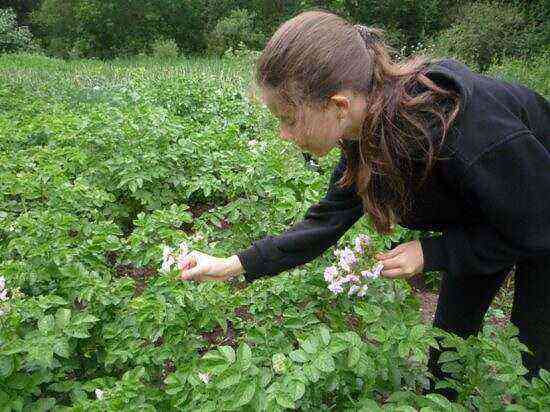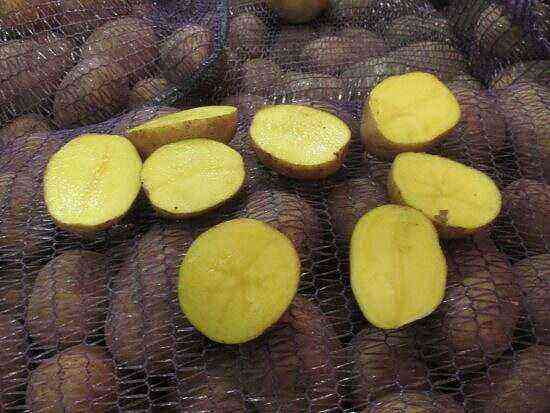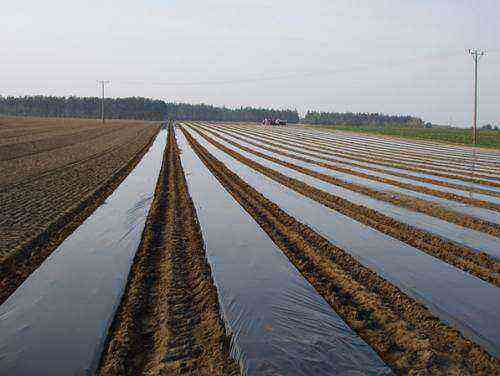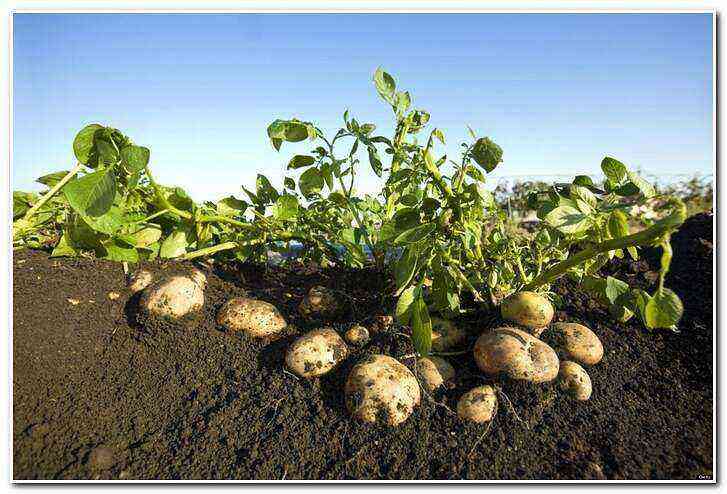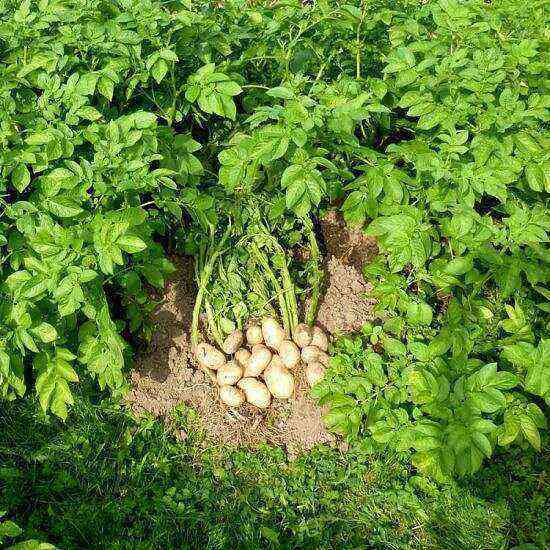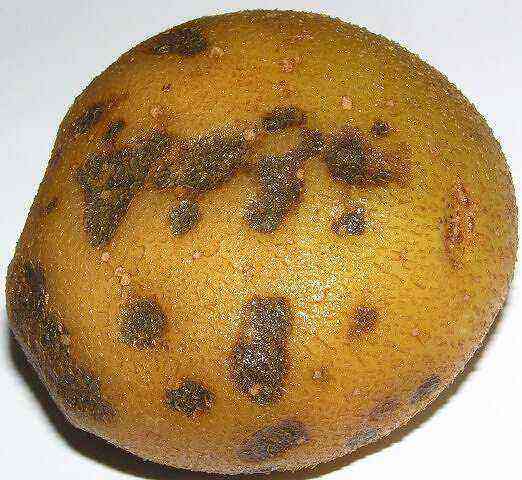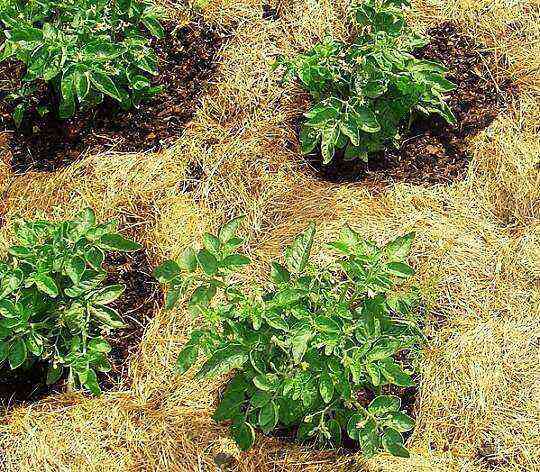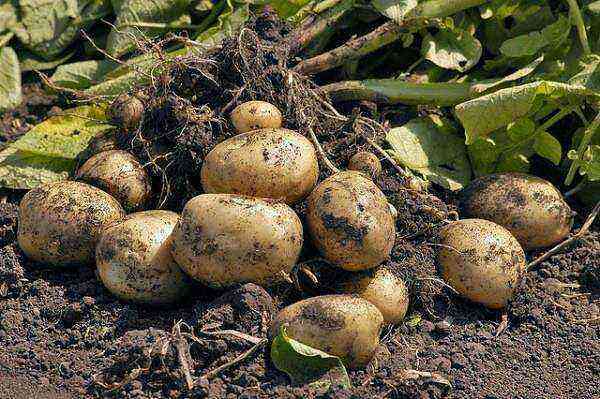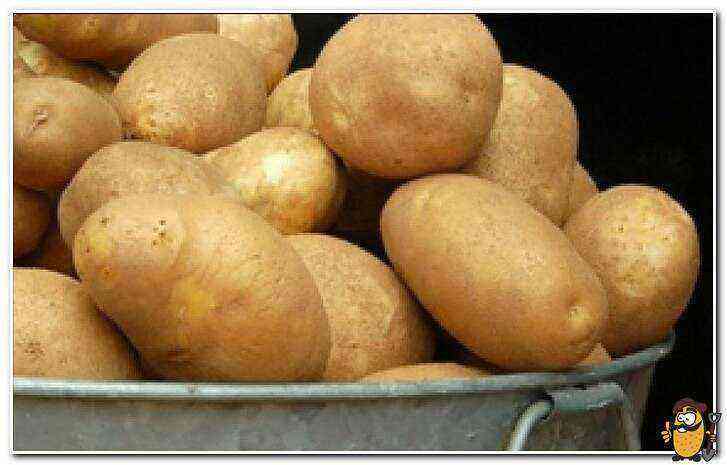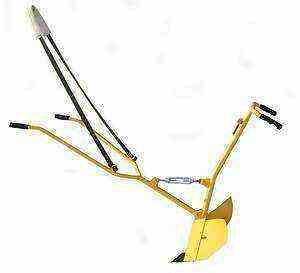The gardener’s goal is to find the optimal balance between the effort required to plant and grow potatoes, the cost of fertilizer and the size of the crop. One of the ways that allows, while saving labor costs and fertilizers, to collect 500-700 kg (and for some varieties – up to a ton) from a hundred is planting potatoes in holes.
The classical method was developed by the famous Russian vegetable grower V.P. Ushakov. According to him, the size of the crop increases with:
- the correct choice of the variety – by 30%;
- increasing soil fertility – 2,5 times;
- reasonable technology of planting and growing – 5 times.
Theoretical substantiation of the method
For cultivated plants to develop in the best possible way, waste products (in particular, carbon dioxide) of worms, bacteria and fungi living at a depth of 5–15 cm are needed. With deep digging or plowing, the natural habitat of soil microorganisms is destroyed: anaerobic bacteria get up and die due to excess oxygen, aerobic bacteria end up at the bottom and suffocate. But on top are “dormant” weed seeds and begin to actively sprout, assimilating nutrients from well-fertilized soil.
On the other hand, it is impossible not to loosen the soil at all, since the tubers, squeezed by clods of earth and lacking oxygen, will grow poorly. V.P. Ushakov found a solution to the problem: instead of digging with a shovel, he proposed to loosen the soil in the beds with a pitchfork, to a depth of no more than 15 cm.
The second principle of Ushakov’s system concerns the saving of fertilizers. If manure and humus are simply scattered over the surface, as is often done on personal plots, a significant part of the nutrients will go not to potatoes, but to weeds. It is much more economical to fertilize the plants during planting by adding fertilizer to each hole.
The third feature of the Ushakov method is minimal efforts to control weeds. The root system of a potato bush is located horizontally in the soil, its radius is 22-23 cm. About the same amount of space is occupied by tops. When the tops are closed, a shadow forms underneath, preventing weeds from growing. The vegetable grower concluded that if there is a distance of 45 cm between the potato bushes, they will not interfere with each other, but they will drown out the weeds.
Classical Ushakov’s method
Ushakov’s classic method involves the use of only organic fertilizers: rotted cow dung and compost. To make the compost mature faster, some gardeners spray a mixture of manure, grass and food residues with EM preparations. From time to time, the pile is poured with water to keep its contents moist, holes are made with a pole for air to enter. It is imperative to run earthworms into the manure or compost heap. In favorable conditions, from spring to autumn, their population is capable of increasing thousands of times. Worms process manure and compost, and when they get into the ground, they loosen it and provide the tubers with carbon dioxide.
In the fall, dig up the soil only if the potato beds are going to be broken on the virgin soil, or you need to get rid of the rhizomes of wheatgrass and sow thistle. Otherwise, it is enough to weed out the weeds with a hoe. In the first two years of using the method, in the spring, the soil is cultivated with a hoe to a depth of 5 cm, cutting the roots. Then the soil is loosened with a pitchfork to a depth of 12–15 cm. In subsequent years, the planting will not have to be processed with a hoe, since the weeds will disappear. Loosening with a pitchfork will be enough.
Planting potatoes in holes
Potatoes begin to germinate at least a month before planting. Before planting, tubers are allowed to be powdered with ash and sprayed with Baikal-EM1 at a concentration of 1: 1000. If you plan to plant cut tubers, they are divided into parts 2-3 days before, so that the cuts are covered with a crust.
Wells 12-15 cm deep are made in a checkerboard pattern so that the distance between any two of them is 45 cm. For the convenience of marking, you can make a marker in the form of a rhombus made up of two equilateral triangles with a side of 45 cm (pictured), but allowed and the use of lace with pegs. In the marked places, holes are dug with a depth of 15 cm.
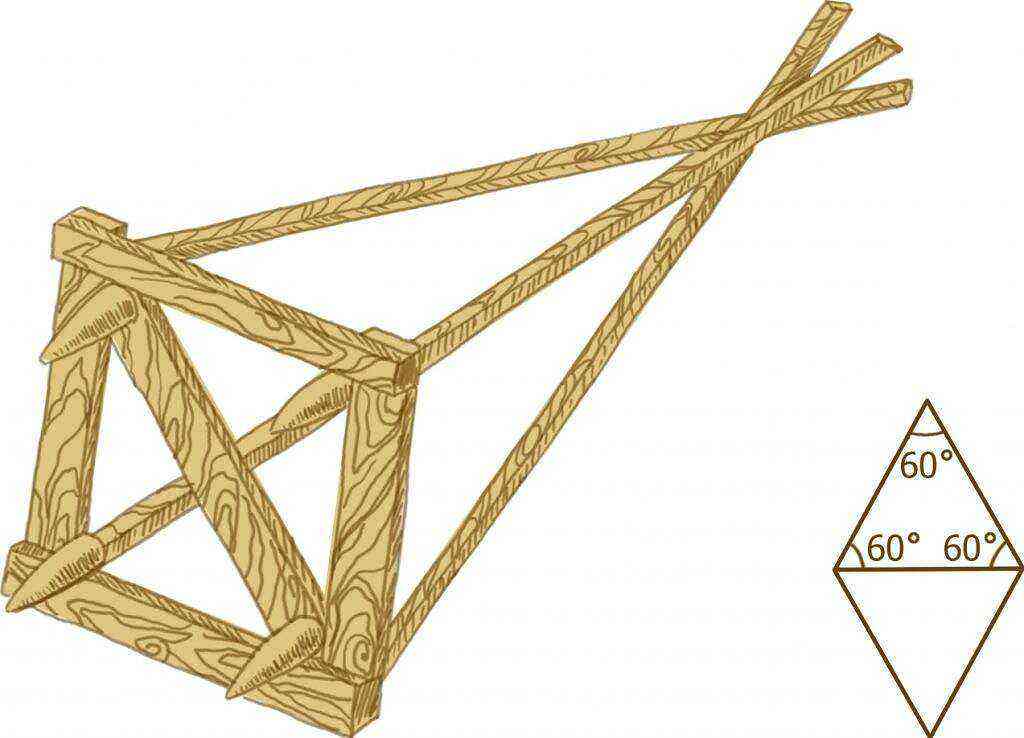
Each well is filled with 500-700 g of rotted manure, compost or a mixture of manure and compost in a 1: 1 ratio. The fertilizer will still decompose in the ground, warming the tuber. In order not to burn the planting material, sprinkle manure or compost with a layer of earth 1–2 cm thick. Tubers are placed sprouts upwards on an earthen cushion. If desired, next to the tuber, you can throw a handful of onion husks (from a wireworm, a bear, a Colorado potato beetle), crushed eggshell, ash, bone meal. Gardeners-fishermen add fish giblets or small fish to the mixture of compost and manure.
The soil from the adjacent hole is carefully poured from a shovel into the hole so as not to turn the soil over and not too damage the habitat of beneficial bacteria. You will need about 50 kg of planting material per hundred square meters.
Growing potatoes in holes
Troubled enough landing is compensated by minimal care. Potatoes planted using this technology do not need to be additionally fed. When the tops grow up to 15–20 cm, the potato bushes are spud (once a season), raking up the soil from the rows. Above the surface of the ridge, no more than 5–7 cm of the stem with upper leaves should remain.
The tops grow very quickly and close together, preventing soil moisture from evaporating. But if the summer is very dry, 1-2 waterings with plain water are allowed. The beds need watering if the soil is dry at a depth of 6–8 cm. Weeds do not grow under a continuous carpet of closed tops, so weeding is not necessary. 1-2 days after heavy rain, the surface is slightly loosened with a rake, breaking the dry crust. Treat the beds from parasitic insects and pathogens in the same way as with the usual planting method.
Thanks to the heat generated by the decomposing compost mass, the potatoes in the holes ripen 1–2 weeks faster than those planted using traditional technology.
Additions to the Ushakov method
In order to increase soil fertility and displace weeds as much as possible, from autumn the site can be sown with siderates: rye, oats, white mustard. In the spring, as with the classical Ushakov method, their roots are buried in the ground with a hoe, after which the beds are loosened with a pitchfork.
Growing potatoes in holes under mulch is also allowed. The tubers, laid on an earthen cushion, with which fertilizers are covered, are covered not with earth, but with chopped hay, straw or sawdust. When it comes time to huddle potatoes, they also use not land, but mulch. This method works well on heavy clay soils. If there are a lot of rodents on the site, sawdust is preferable as mulch.
With a lack of organic matter, the use of moderate doses of mineral fertilizers is allowed. However, in this case, potatoes will no longer be considered grown using organic technology.
Advantages and disadvantages of the method of growing potatoes in holes
The advantages of the method:
- high yield when using exclusively organic fertilizers;
- the ability to reduce the area set aside for potatoes;
- saving fertilizers;
- ease of plant care;
- no weeds;
- earlier harvest;
- the ability to experiment and make changes.
Disadvantages of the method:
- when using classical technology – the need for a large amount of organic matter;
- impossibility of using mechanization.
